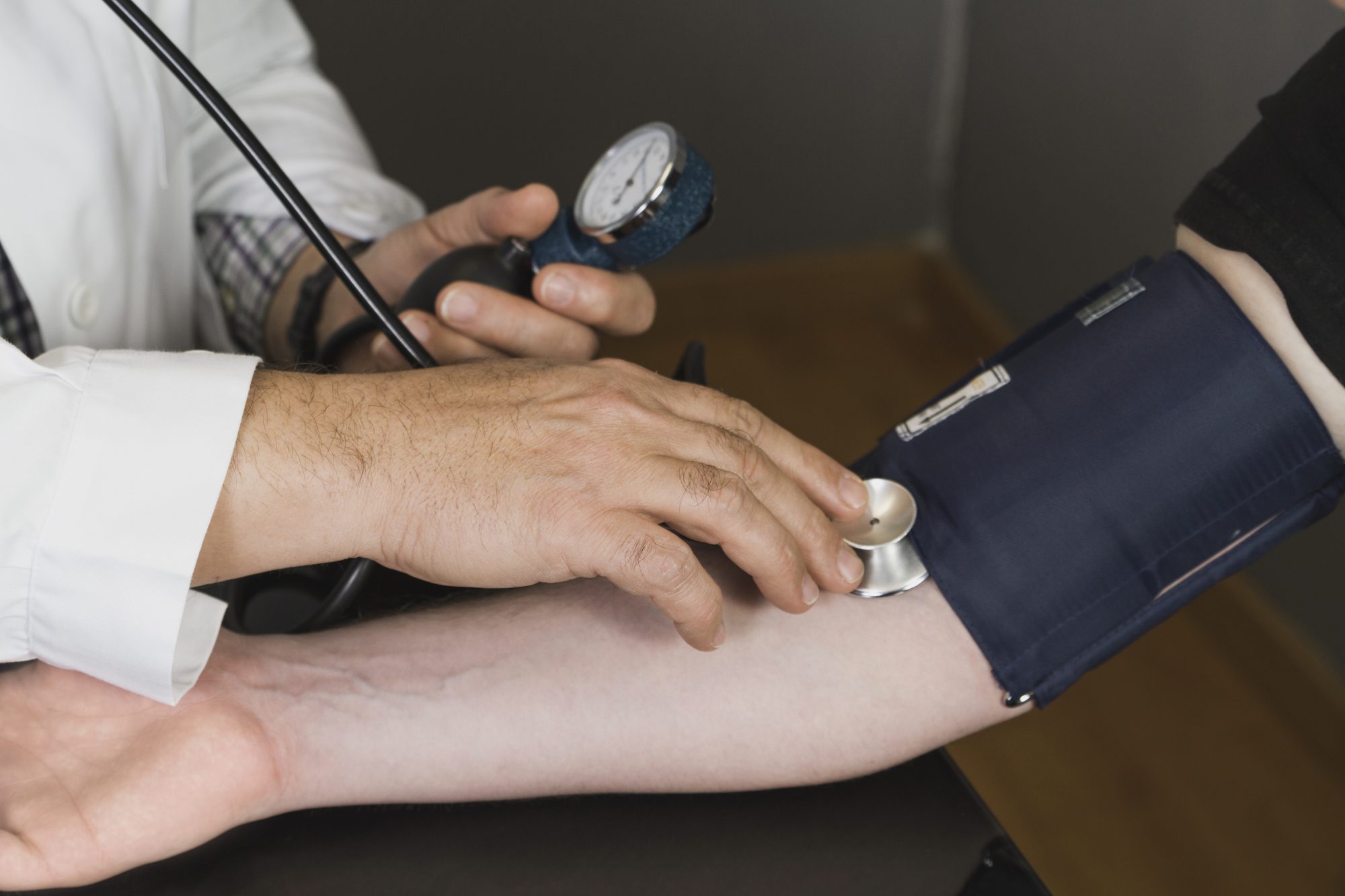For years, hypertension has been known as the silent killer, a chronic rise in blood pressure that increases cardiovascular risk without obvious symptoms. While medication remains essential for many, recent studies show that something as simple as controlled breathing can meaningfully reduce blood pressure.
The Physiology Behind Breathing and Blood Pressure
Slow, deep breathing is more than relaxation, it modulates the autonomic nervous system. By extending exhalation and lowering respiratory frequency to about six breaths per minute, breathing exercises increase baroreflex sensitivity and reduce sympathetic outflow (Herawati et al., 2023). This restores a healthier balance between the sympathetic (“fight or flight”) and parasympathetic (“rest and digest”) systems, leading to reduced vascular tone and lower blood pressure.
What the Evidence Shows
A 2023 scoping review of 20 clinical studies found that regular breathing exercises can reduce systolic blood pressure (SBP) by 4–54 mmHg and diastolic pressure (DBP) by 3–17 mmHg (Herawati et al., 2023). The most effective protocols involved slow or device-guided breathing, practiced 10–30 minutes daily over several weeks.
In a complementary 2022 study, Mengden and colleagues tested device-guided slow breathing with pulse-wave biofeedback in hypertensive adults. Participants performed 10 minutes of guided breathing daily for five days while tracking their pulse arrival time (PAT), a marker inversely related to arterial stiffness. The results showed a consistent 5 mmHg drop in systolic blood pressure after each session and improved PAT, indicating reduced vascular resistance and sympathetic tone (Mengden et al., 2022).
How to Practice
Most protocols share three key elements:
- Slow pace: Inhale and exhale at about six to eight breaths per minute.
- Regularity: Practice for 10–15 minutes daily; consistency matters more than duration.
- Biofeedback or guidance: Using a visual or auditory cue, like CHASKi, helps maintain rhythm and relaxation.
For clinicians, incorporating device-guided breathing into patient routines offers a simple, evidence-based way to complement medication. It provides a measurable and reproducible method to help individuals with pre-hypertension or controlled hypertension improve cardiovascular regulation.
Implications for Athletes
For endurance athletes, breathing control has long been a performance tool. Now, the same principles are being validated as therapeutic. Lowering blood pressure through guided breathing not only supports cardiovascular health but can improve recovery, heart-rate variability (HRV), and autonomic resilience, metrics increasingly used in both sports and clinical settings. Coaches and prosumer athletes can apply similar techniques to optimize autonomic recovery and stress modulation.
The Takeaway
Breathing is a bridge between the conscious and autonomic systems. Slow, guided breathing, especially with real-time biofeedback, offers a scientifically validated way to reduce blood pressure, enhance vascular health, and improve overall resilience.
In the age of wearable tech, integrating respiratory biofeedback into daily life may be one of the simplest, most effective tools for both performance and prevention.
Sources
[1] Herawati, I., Mat Ludin, A. F., Mutalazimah, M., Ishak, I., & Farah, N. M. F. (2023). Breathing exercise for hypertensive patients: A scoping review. Frontiers in Physiology, 14, 1048338. https://doi.org/10.3389/fphys.2023.1048338
[2] Mengden, T., Bachler, M., Sehnert, W., Marschall, P., & Wassertheurer, S. (2022). Device-guided slow breathing with direct biofeedback of pulse wave velocity—acute effects on pulse arrival time and self-measured blood pressure. Blood Pressure Monitoring, 28(1), 52–58. https://doi.org/10.1097/MBP.0000000000000628

